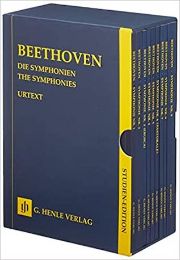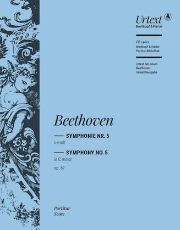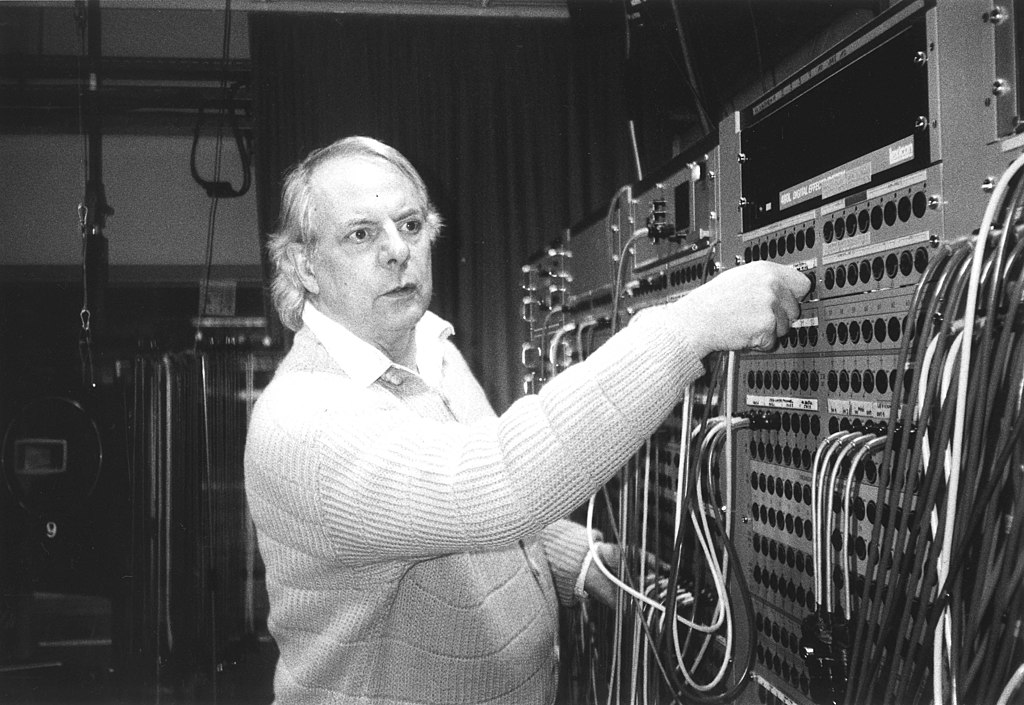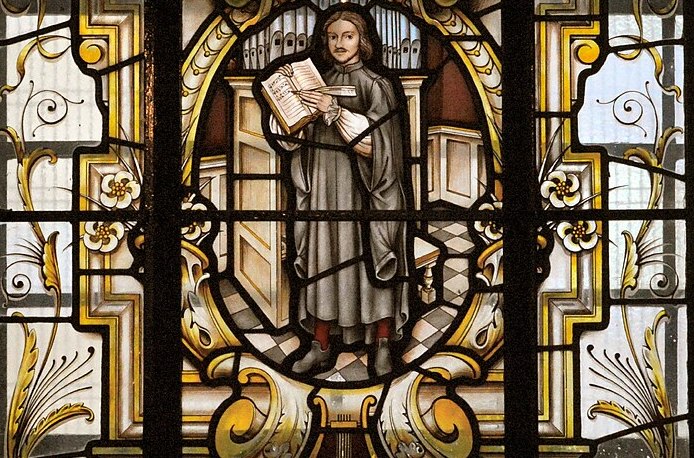Collected knowledge - printed and digital
The publisher G. Henle has reissued the Beethoven symphonies, available as study scores in a slipcase or via the Henle Library app.

Here is a new Urtext edition of Ludwig van Beethoven's nine symphonies that has it all and should become the new standard. Anyone who can no longer find space on their shelf for the compact slipcase with the nine study scores can also opt for the digital version with the advantage that the symphonies can also be purchased individually and conveniently accompany you wherever you go on your tablet.
As a comparison, I have used the Bärenreiter Urtext edition, which was completed 20 years ago by Jonathan Del Mar and also published in the form of study scores. The two editions are similar in terms of their musicological treatment and safeguarding, their brief but precise description of the sources and the printing of all Beethoven's metronome markings from 1817. In all other respects, Henle has the edge. This begins with a slightly larger format, which immediately makes the sheet music appear somewhat more relaxed.
The decisive difference, however, lies in the transfer of knowledge. Both editions are based on several sources, which occasionally make editorial decisions necessary. Bärenreiter provides information about this in the "Critical Commentary", while Henle uses the "Individual Notes". While Henle refers to the relevant commentary in several footnotes and you can read it in the appendix, Bärenreiter printed the Critical Commentary separately and it is therefore not included in the study score edition. It can be somewhat frustrating when you are referred to a commentary in a footnote but cannot find it in the edition or on the publisher's website for download. A visit to a well-stocked music library, in which the separate volumes of the Critical Reports should be available, is therefore called for, because at a price of approx. 45 € per symphony, a purchase is probably out of the question for very few users.
It is not entirely clear why Henle does not refer to each individual annotation with a footnote at the corresponding passage in the score. This is optimally solved in the digital version: using the "Comments in the music text" display option, all passages for which there is a comment are marked in discreet light blue. By tapping on them, the corresponding text field appears and you can study the comments, some of which are extremely detailed. An all-round successful edition that comes "in two guises" and is sure to impress!
A few words about the Henle Library. This is an app that is available on both the iPad and the Android tablet and for which a huge repertoire of Henle Urtext editions has been available since 2016. Instead of receiving a PDF (as is the case with electronic sheet music purchases from Schott-Verlag, for example), the sheet music is embedded in the app with all its additional functions, such as individual entry options, various display options, integrated metronome, recording option and much more. The price for digital editions of sheet music is only slightly lower than that of a printed score (in the case of the 7th Symphony, for example, 10 instead of 12 euros for the study score), but this is justifiable in view of the many features and even the possibility of occasional updates.
Ludwig van Beethoven: The Symphonies - 9 volumes in a slipcase, Study Edition, edited by Ernst Herttrich, Armin Raab and others, HN 9800, € 89.00, G. Henle, Munich
Conducting scores and orchestral material for the Henle study scores are available from Breitkopf & Härtel. For example:
Ludwig van Beethoven: Symphony No. 5 in C minor op 67, Urtext after the new Complete Edition (G. Henle), edited by Jens Dufner, score PB 14615, € 48.50, Breitkopf & Härtel, Wiesbaden










